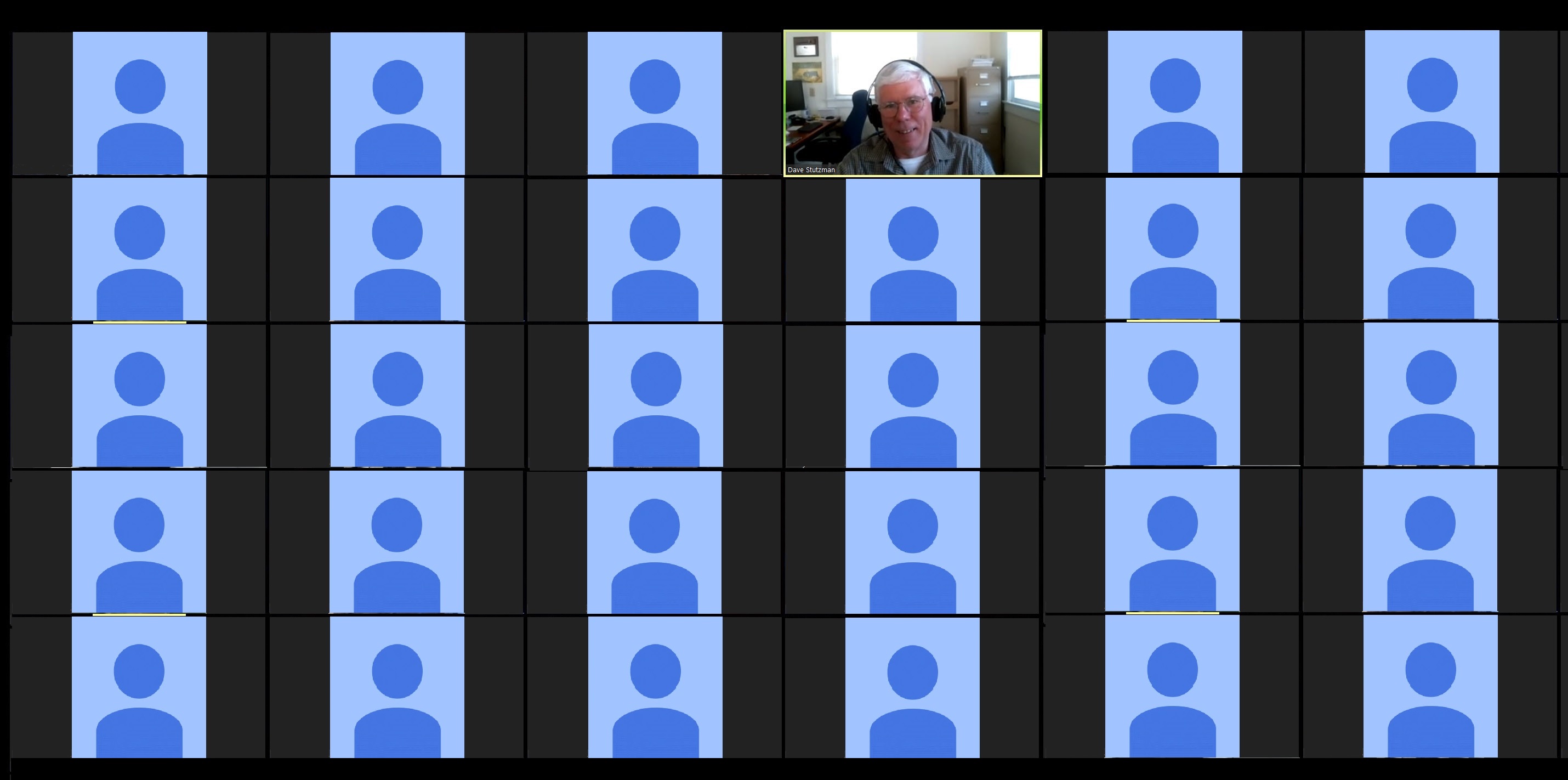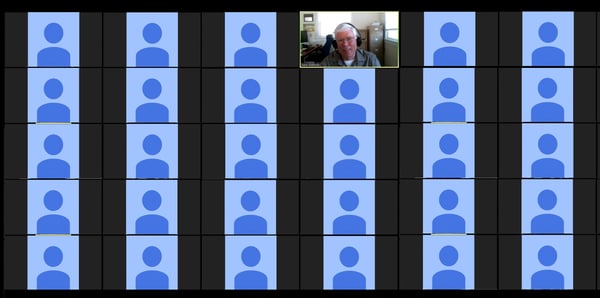
The world changed, nearly overnight. The once common in-person project meetings were replaced by virtual meetings. Participants searching for the right audio and video settings during the first moments of the meeting are now the norm. Why must I be forced to check settings every time I join a meeting? I had them right the last time.
Something mysterious happened to meetings. What used to be a small gathering has grown. Meetings of 2, 4, even 10 grew to encompass everyone on the project. For one current project, each weekly meeting now exceeds 50. Having this many people online, but not staying on topic, is counter-productive.
Think about this. The last meeting was 57 attendees. The meeting ran for 2-1/2 hours. At an average $150/hour billing rate that meeting cost the owner more than $21,000. How many actually contributed to the meeting? Fewer than 10.

It is interesting sitting through these meetings, even with an agenda, the meetings rarely remain on schedule and on topic. When specifications are on the agenda (usually last), I feel compelled to be logged into the meeting, just in case the discussion turns from layout and design and veers technical. The meetings end due to time. The agenda remains unfinished. Specifications were not discussed. Neither were other topics. Ending the meeting with "I'm sorry we didn't discuss [fill in the blank]" only makes those that were left out wonder if the same will happen again when their topic is near the end of the agenda.
I am hopeful that we will learn how to conduct these virtual meetings to be productive, for all participants. Just because the organizer has a project directory or an email list and can invite everyone on the project, does not mean everyone should be invited. Select participants carefully, choosing those that are directly affected and those that will influence decisions. Focusing meetings will allow for a more efficient resolution of each topic. Then share the results with the entire team. If there are objections or other suggested solutions, there can be a follow up with the new concerns.
Think about limiting the meetings to single topics. Publish an agenda. Selectively invite "required" participants. Notify the others. Send the agenda so they can choose to attend or not. Make certain others know that attendance is their choice, not mandatory. Clearly, the interior designer can choose not to attend a meeting about the IT rack layout. And specifiers can choose not to attend a meeting for color selections. Run the meeting to stay on point. If new topics are raised, make a note and schedule another meeting if needed. Do not sidetrack the meeting discussion, especially if others, not part of the current meeting, must contribute to reach the optimum decision.
Be respectful of everyone's time. End the meeting on time or earlier, if possible. Paying attention to this one detail will win you friends.
